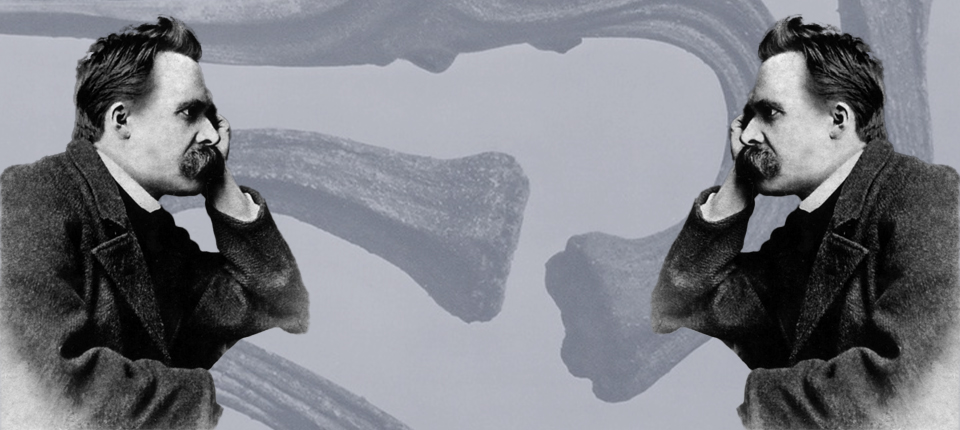In a landmark study mapping nearly 6 million galaxies across 11 billion years of cosmic history, scientists using the Dark Energy Spectroscopic Instrument (DESI) have validated Einstein’s theory of general relativity at the largest scales ever tested.
Published in arXiv | Estimated reading time: 7 minutes
The DESI collaboration has completed the most precise measurement yet of how gravity shapes cosmic structure, observing how galaxies cluster together across vast distances and timescales. Their findings, which analyzed light from approximately 6 million galaxies and quasars, demonstrate that gravity behaves exactly as Einstein’s general relativity predicts – even at cosmic scales billions of light-years across.
The study represents a significant advance in our understanding of how gravity works at the largest possible scales. While Einstein’s theory has been thoroughly tested within our solar system, scientists have long wondered whether it holds true across the immense distances of space where dark energy appears to be accelerating the universe’s expansion.
“General relativity has been very well tested at the scale of solar systems, but we also needed to test that our assumption works at much larger scales,” explains Pauline Zarrouk, a cosmologist at France’s CNRS. “Studying the rate at which galaxies formed lets us directly test our theories and, so far, we’re lining up with what general relativity predicts at cosmological scales.”
The research relied on DESI’s remarkable capabilities – the instrument can capture light from 5,000 galaxies simultaneously, allowing it to create the largest three-dimensional map of the universe to date. With just one year of data, DESI has already surpassed the precision of measurements that took previous experiments decades to achieve.
Beyond confirming Einstein’s theory, the study made several other significant discoveries. The team narrowed down the possible mass of neutrinos – the lightest known particles in physics. DESI’s results indicate that the combined mass of all three types of neutrinos must fall between 0.059 and 0.071 electron volts, providing crucial constraints for particle physics.
The findings also hint at an intriguing possibility regarding dark energy, the mysterious force that makes up about 70% of the universe’s energy content. Initial analysis suggests that dark energy might be evolving over time, rather than remaining constant as previously thought. This preference for an evolving dark energy appeared in DESI’s earlier results and has been reinforced by this expanded analysis.
“Dark matter makes up about a quarter of the universe, and dark energy makes up another 70 percent, and we don’t really know what either one is,” notes Mark Maus, a PhD student at Berkeley Lab. “The idea that we can take pictures of the universe and tackle these big, fundamental questions is mind-blowing.”
The project, now in its fourth year of a five-year survey, plans to map roughly 40 million galaxies by 2025. Scientists expect that this expanded dataset will provide even more precise measurements of dark energy and the universe’s expansion history, potentially revolutionizing our understanding of cosmic evolution. The collaboration plans to present updated measurements in spring 2025.
Glossary
- General Relativity
- Einstein’s theory describing gravity as a consequence of the curvature of spacetime caused by mass and energy.
- Dark Energy
- A mysterious form of energy that appears to permeate all of space and tends to accelerate the expansion of the universe.
- Neutrinos
- Fundamental particles with extremely small mass that rarely interact with ordinary matter. They come in three different types or “flavors.”
Test Your Knowledge
How many galaxies did DESI observe in this study?
Answer: Nearly 6 million galaxies and quasars.
What is the time span covered by DESI’s observations?
Answer: 11 billion years of cosmic history.
What percentage of the universe is made up of dark energy?
Answer: 70 percent.
What is the upper limit DESI found for the combined mass of all neutrino types?
Answer: 0.071 electron volts.
Enjoy this story? Subscribe to our newsletter at scienceblog.substack.com























































![‘The Orville’ Recap: Season 3 Episode 2 — Claire’s [Spoiler] Visits ‘The Orville’ Recap: Season 3 Episode 2 — Claire’s [Spoiler] Visits](https://tvline.com/wp-content/uploads/2022/06/orville-3x02-recap.jpg?w=620)


